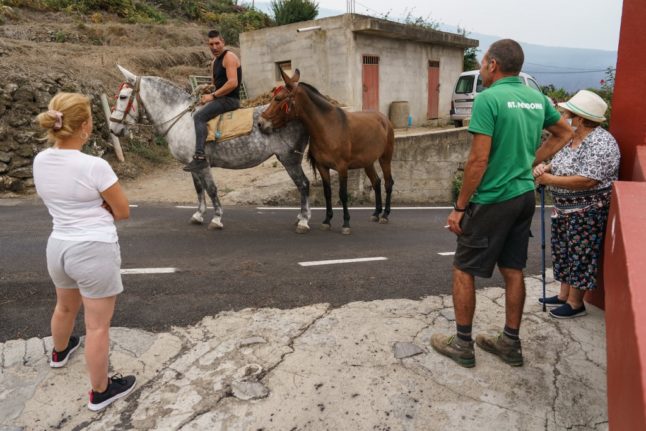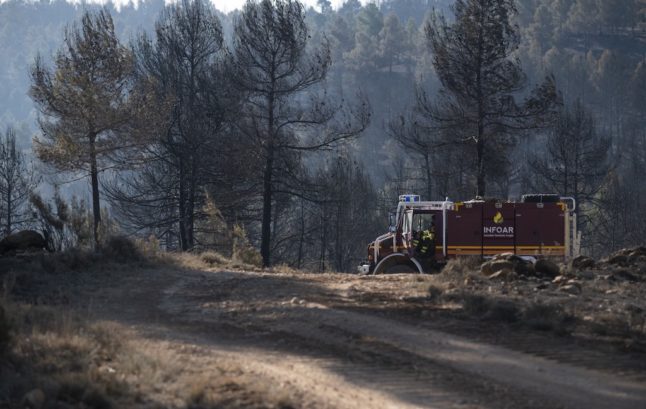About 300 firefighters and soldiers backed by 18 water-dropping aircraft were battling the blaze, which broke out late August 15th in an area of steep ravines and cliffs in the northeast of the island, part of Spain’s Canary Islands.
The fire, which has a perimeter of some 90 kilometres (55 miles), has so far ravaged around 15,000 hectares (37,000 acres) of land, or about seven percent of Tenerife’s surface area, according to the regional government, making it Spain’s biggest fire this year.
“It is not yet under control, far from it, but the largest part is stabilised,” the archipelago’s head of emergencies, Manuel Miranda, told a news conference.
“It has been an extremely difficult battle, which emergency services at this moment, fortunately, are in the process of winning.”
IN IMAGES: How the worst wildfire in 40 years engulfed Spain’s Tenerife
The blaze forced over 12,000 people to flee their homes but as of Wednesday morning there were now just over 3,000 evacuees left, the technical head of the archipelago’s emergency services, told the news conference.

Prime Minister Pedro Sánchez said Monday during a visit to Tenerife that his government would classify the areas affected by the blaze as disaster zones, a move which will trigger emergency subsidies and other support measures.
The blaze broke out after the archipelago suffered a heatwave that left many areas tinder dry.
The Canary Islands typically experience spring-like temperatures all year, but temperatures have recently soared to 40 degrees Celsius (104 Fahrenheit) in some parts.
The seven-island archipelago is located off the northwest coast of Africa and southwest of mainland Spain. At their nearest point, the islands are 100 kilometres (60 miles) from Morocco.
As global temperatures rise due to climate change, scientists have warned that heatwaves will become more frequent and more intense.
Last year, Spain suffered more than 500 blazes that destroyed more than 300,000 hectares, making it the worst-hit country in Europe, according to the European Forest Fire Information System (EFFIS).
So far this year, it has had 340 fires, which have ravaged almost 76,000 hectares, EFFIS figures show.



 Please whitelist us to continue reading.
Please whitelist us to continue reading.
Member comments